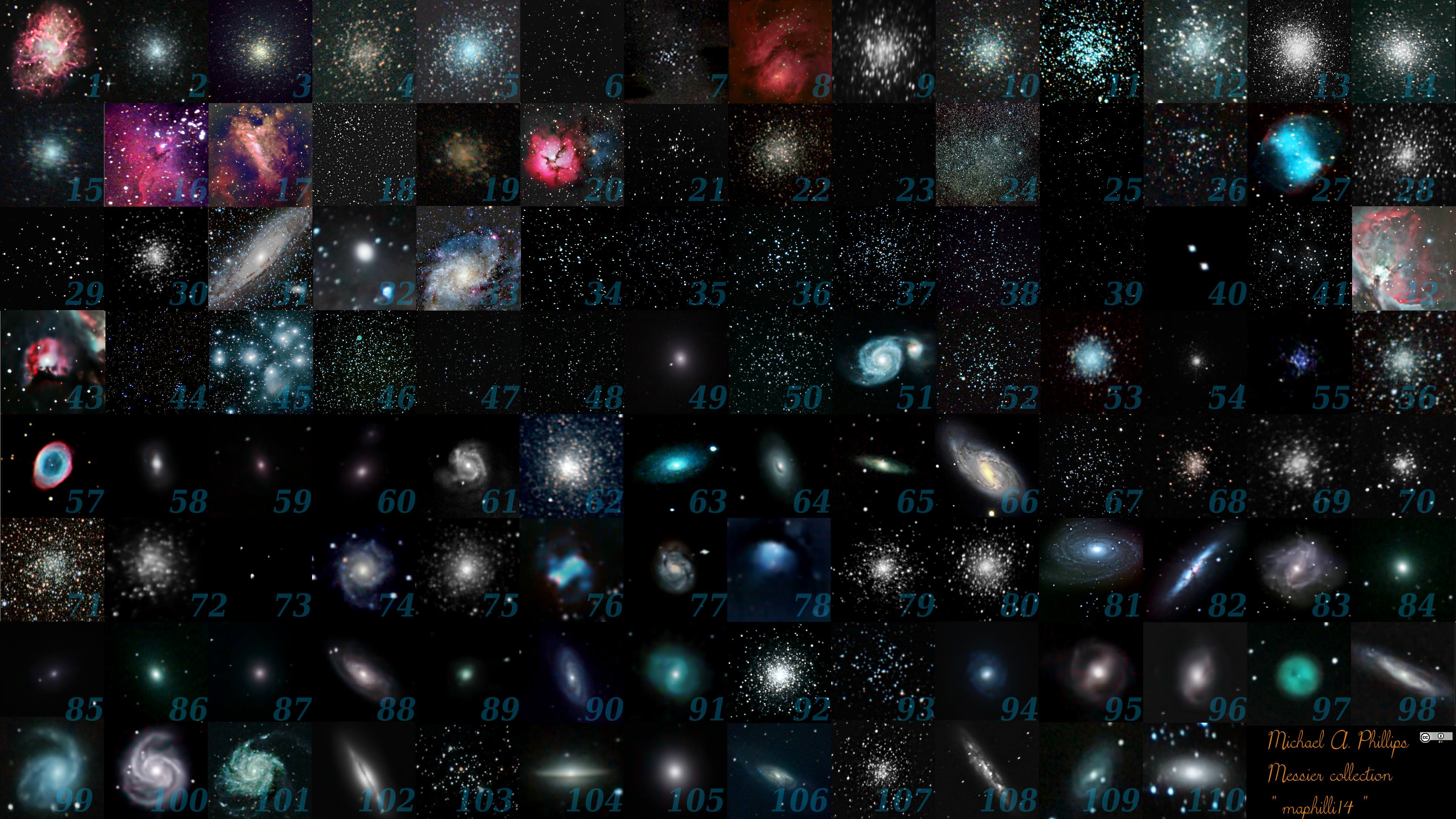

Usually you get this delivered with the program installer for stable or beta versions. But this is a chapter about the ready-to-use catalogs, so lets continue with that:īase catalog. Those catalogs demand a little more time before you can use them in Cartes du Ciel-Sk圜hart. To use these kinds of catalogs, you need the tool CatGen to adapt them for Cartes du Ciel-Sk圜hart.

You also can gather information in your own ASCII-file. As a basis you can choose from thousands of existing catalogs and modify them for usage in Cartes du Ciel-Sk圜hart. You also can choose to build your own catalog. Installed, this catalog will consume 6.11 GB. Before you start downloading, consider its size.
UPLOAD TYCHO CATALOGUE FOR SKYCHART DOWNLOAD
Then you need to download the USNO-A2.0 catalog. For example, you want your charts to display stars to a magnitude of 19. Most catalogs aren't larger than some tens of megabytes, these will be helpfull to many dedicated amateurs.īut maybe you want to push things a little further.
UPLOAD TYCHO CATALOGUE FOR SKYCHART INSTALL
The newer version is available at Deep Star Maps.With Cartes du Ciel-Sk圜hart it is easy to install popular ready-to-use catalogs. We have also set the color standard to SMPTE with a gamma of 1.8. The star intensity profiles are also slightly modified to make the cores brighter with a faster intensity falloff.

This improves the star colors over the previous method. The three most conspicuously missing objects on these maps are the Andromeda galaxy (M31) and the two Magellanic Clouds.Ĭhanges from the first version #3442, The Tycho Catalog Skymap: The star generation algorithm now favors use of the Johnson magnitudes when available. About 2.4 million stars are plotted, but many may be below the pixel intensity resolution. The X,Y,Z values are then converted to red-green-blue color pixels. The effective temperature was then converted to CIE tristimulus X,Y,Z triples assuming a black-body emission distribution. Corrections were noted from Siobahn Morgan (UNI). From these, an effective stellar temperature is derived using the algorithms described in Flower (ApJ 469, 355 1996). If Johnson B and V magnitudes are unavailable, Tycho B and V magnitudes are used instead. Stellar colors are assigned based on B and V magnitudes (B and V are stellar magnitudes measured through different filters). This makes the band of the Milky Way more visible. Stars fainter than the threshold magnitude, usually selected as 5th magnitude, have their magnitude-intensity curve adjusted so they appear brighter than they really are. The stars are also elongated in Right Ascension (celestial longitude) based on declination (celestial latitude) so stars in the polar regions will still be round when projected on a sphere. The stars are plotted as gaussian point-spread functions (PSF) so the size and amplitude of the stars corresponds to their relative intensity. The maps are plotted in plate carrée projection (Cylindrical-Equidistant) using celestial coordinates making them suitable for mapping onto spheres in many popular animation programs. This image set is a skymap of stars from the Tycho and Hipparcos star catalogs, provided by the ESO/ECF generic catalog server.


 0 kommentar(er)
0 kommentar(er)
